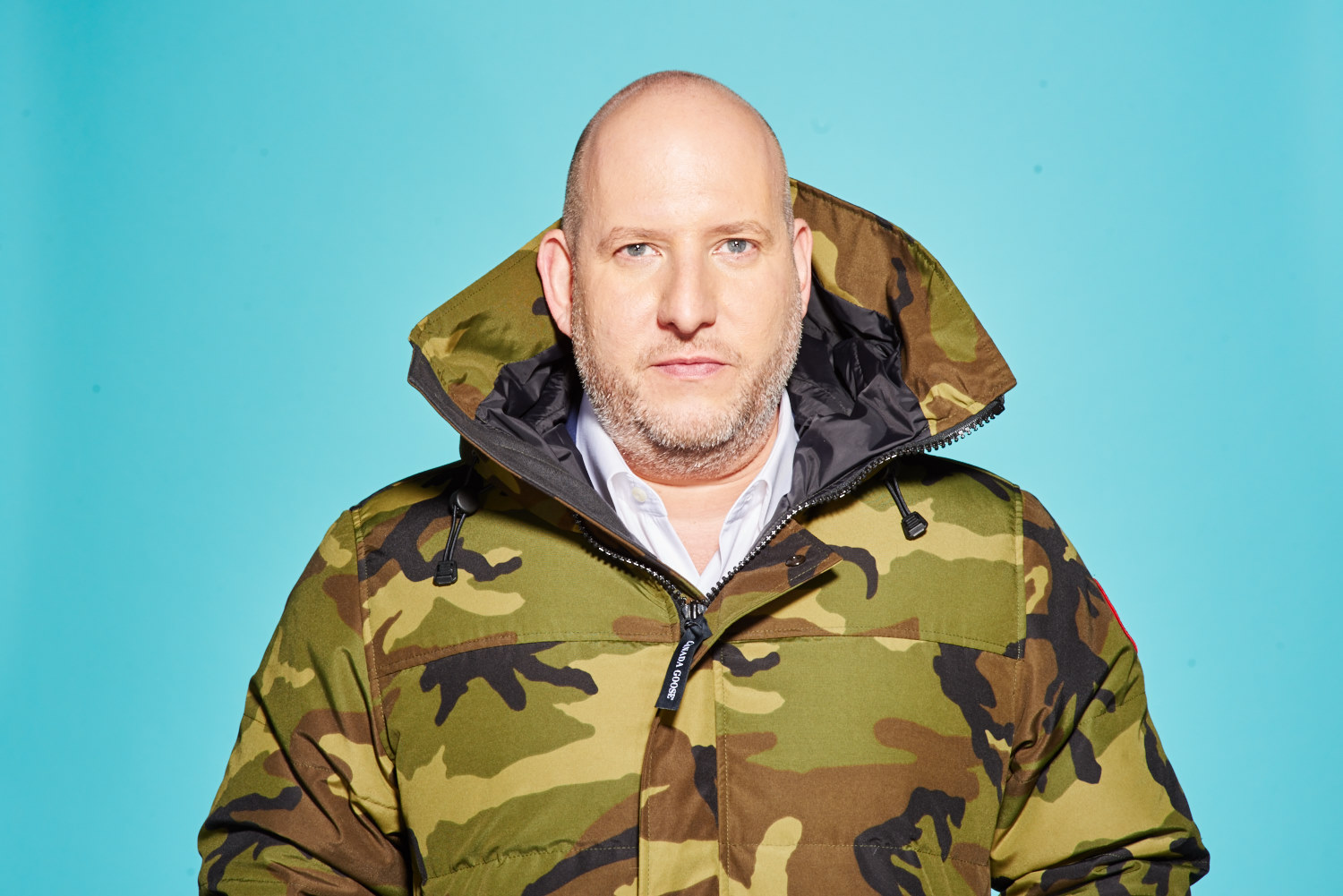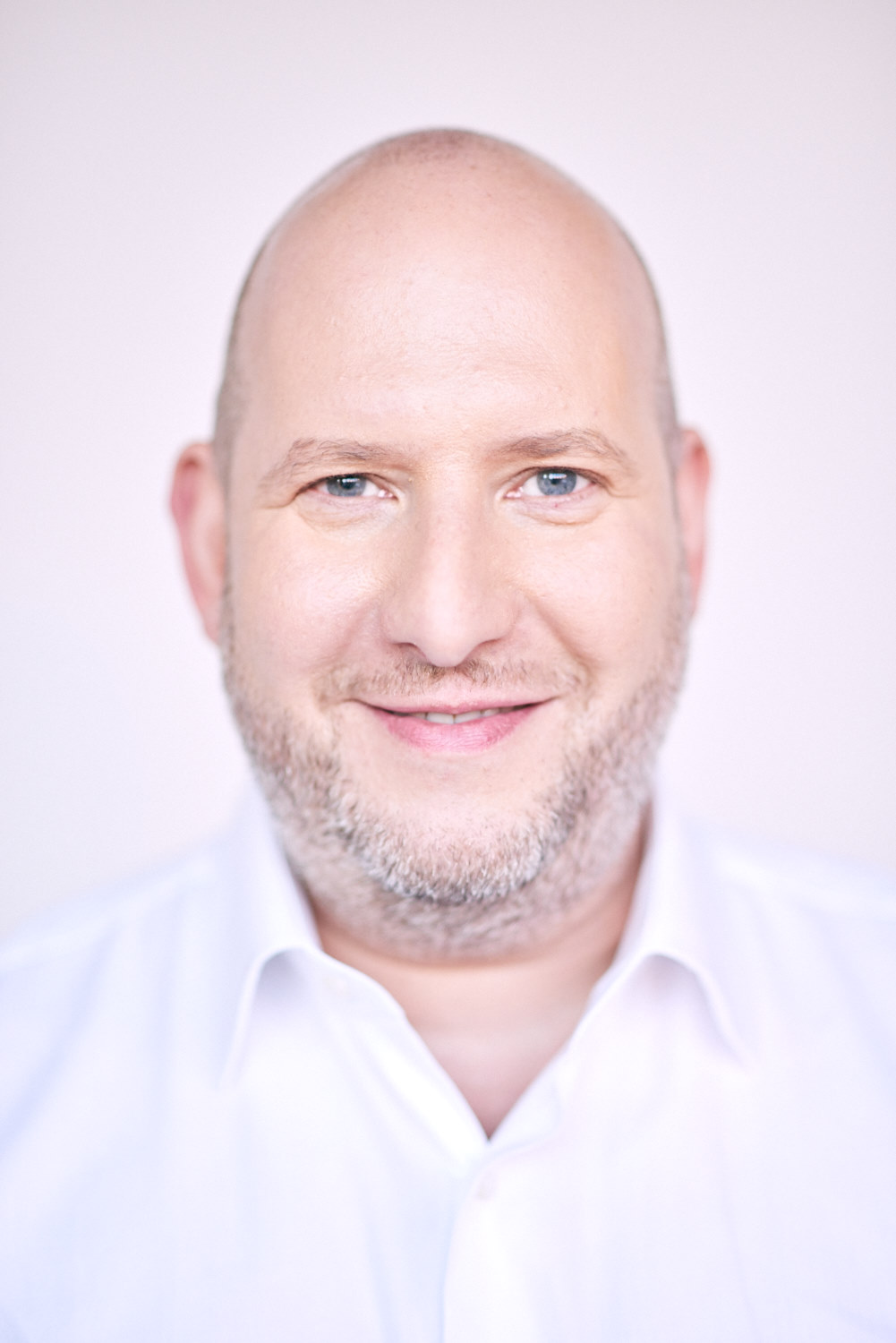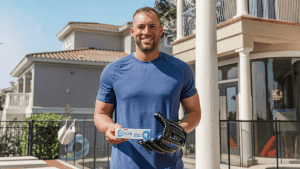WORDS BY LANCE CHUNG
PHOTOGRAPHY BY JANICK LAURENT
For many brands, achieving ubiquitous status can be the holy grail of corporate success. But managed improperly, as so many have done, and that can quickly turn into the kiss of death. It’s something that we’ve seen time and again for those ill-equipped to handle success. So the question begs, how does a brand, in the face of skyrocketing success, maintain its integrity and still grow at a pace for which the market demands?
If anyone can answer this question, it’s Canada Goose CEO Dani Reiss. Reiss has managed to build a global company and place equity back into “Canada” as a brand, all in the matter of a relatively short amount of time. His story — from aspiring novelist to retail titan — is a fascinating one filled with many lessons that any entrepreneur and businessman can learn from.


BEFORE THE BUSINESS
You didn’t take the traditional path into business, passing on the usual top schools for an alternative high school and Arts degree. How much did this path shape you as a businessperson?
I think it did so in every possible way. I don’t think anything I ever chose to do was conventional, and I don’t think anything Canada Goose ended up doing was conventional to get to where we are. Going to an alternative high school, traveling and writing short stories, I think all of that and the tendency to do things differently was what ultimately shaped Canada Goose. In the absence of them, we wouldn’t be where we are at all.
I came into the company being a brand skeptic. I didn’t love wearing brands growing up and thought of them more as advertising. I didn’t get it. What I learned when I came into Canada Goose was what a brand was. I heard stories about people using our products and came to realize that we had something really amazing. And also, how important it was that they were made in Canada. Brands are everywhere. They’re almost a commodity, which is really the antithesis of what a brand is supposed to be. I thought that if we could be one that stood out, people would automatically know who we were.
When you were younger, you and your friends ran a business out of your parent’s basement. Was it something for you guys to pass the time, or were you looking more for an entrepreneurial outlet?
There was certainly an intention behind it. Honestly, I had got back from traveling Europe for a year, which I did living out of a car, and needed to find a way to move out of my parent’s basement. So, we started a sports statistic company. We advertised in magazines and people called us on our big cell phones to sign up. As we got more sophisticated, we provided statistics to newspapers for their daily polls and some guys in the States with NCAA stats. In the end, I was able to move out, which was my primary motivation.
Did that serve as a catalyst for your entrepreneurial drive?
I think in hindsight, it speaks to a competency or skill set that I have. Looking back, I can certainly see entrepreneurial beginnings and the way we went about doing things. It really wasn’t that different from the early days at Canada Goose, and I think it’s just something that is a part of my personality.
Did not attending business school offer you a unique perspective in building your business into what it is today?
Absolutely, one hundred percent. I think context and perspective are everything, and I got to see a lot of that. Approaching Canada Goose at the time as a brand skeptic and then learning about what was important to people was invaluable. At the end of the day, the consumer owns your brand because it lives in the public domain. Very early on, I walked into stores asking if they wanted to buy my stuff, and they said no. That was the traditional model, and it didn’t work. So, when I started working, we decided to create the demand with the people on the street. If they wanted it they would go to the store and ask for it, and then the stores would end up buying.
Staying in Canada was also something we wondered about. Most people who came out of an MBA program back then would have said, ‘No, you can’t make it here. Everybody’s leaving. You have to make it offshore.’ But we wouldn’t be here if we had done that. By staying “Made in Canada”, it changed everything.
Before jumping into the family business, you were interested in traveling the world and becoming a fiction writer. The life of a nomadic writer is very different from someone at the helm of a global brand. How has traveling helped you in your business?
I still like to travel. Traveling is important, and I do some of my best thinking when I travel. When I first got involved in this company, I thought I had to get out there to meet everybody. I was at the tradeshows and would go and see everyone. It was probably a little self-serving because I did like to travel so much, but that got me out there, which I loved. It comes back to context and perspective. You see what others do through their eyes. Do that enough and you’ll eventually see a whole different picture.
To a certain extent, the idea of traveling and exploration is built into the Canada Goose brand, as well.
The core of Canada Goose’s ethos is one of adventure and new experiences. Traveling is inherently a part of that. I don’t think the Canada Goose lifestyle is to be complacent. We have Goose People that are brand ambassadors, and they all aspire to live larger than themselves. Travel and exploration are inherent in our brand.
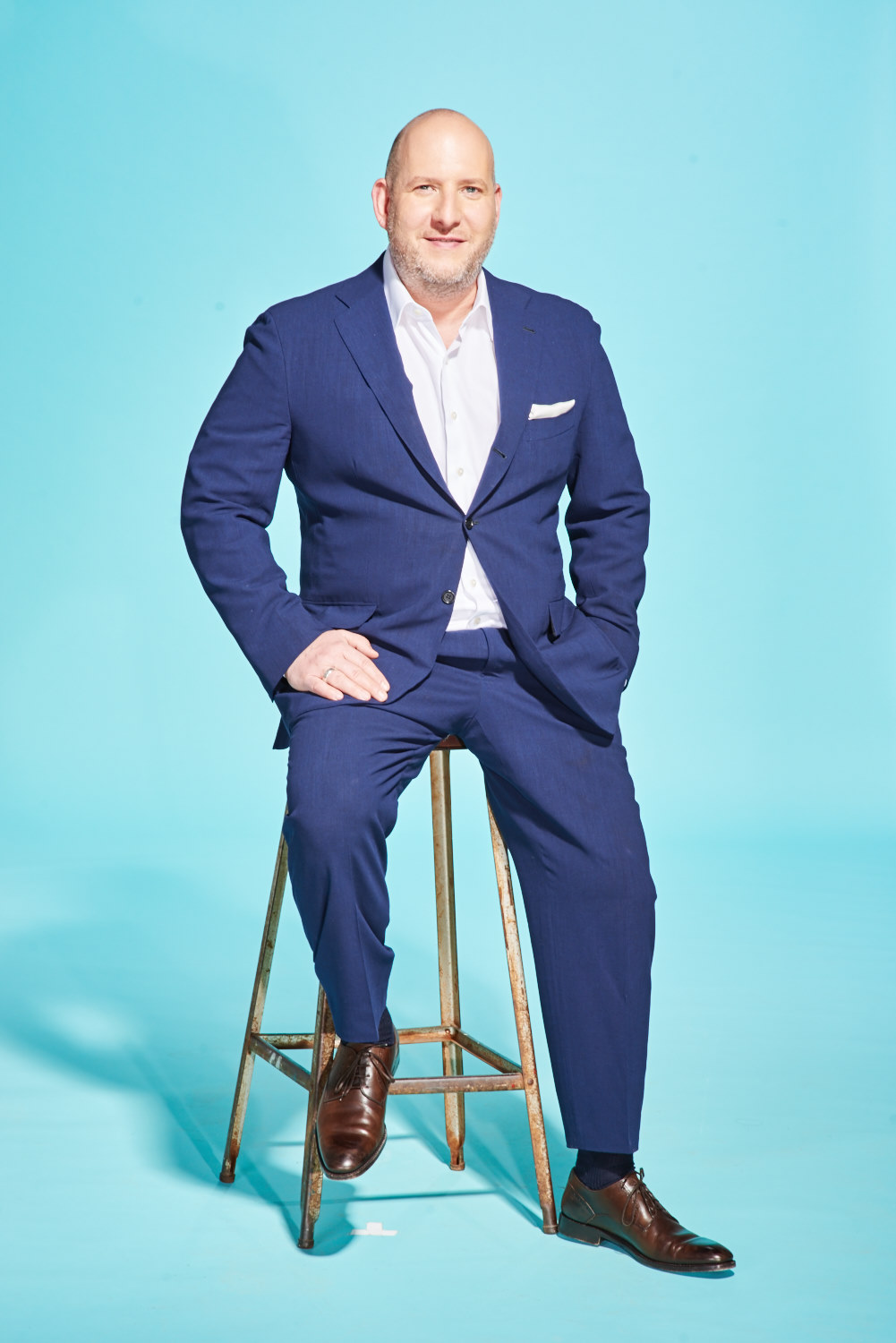

THE EARLY YEARS
Before you took on the role of CEO, what kind of jobs did you do in the company? What were the takeaways from those experiences?
I used to work there during the summers when I was in high school. I worked at the reception desk, typed up letters for people, worked in the shipping department, assisted in the cleaning department and was also a janitor. I worked everywhere. The only thing I never did was use a sewing machine, which required a skill set that I didn’t have.
How important is it to get hands-on experience in all facets of the company as a CEO?
I think it is very important from a process point of view so you understand it. But I think it’s even more important from a lack of arrogance point of view. Everyone should be willing to do anything. In the early days, we would do inventory counts and I would be climbing up on shelves and looking at jackets. I still do that today, and I don’t have to do that today, but it’s important for anybody to understand how something works and be able to help out whenever it’s needed.
When you took on the role of CEO, what were some of the initiatives you took on that, looking back, were game changers for the company?
Staying “Made in Canada” was huge. Changing our names to Canada Goose [from Snow Goose] was huge. Deciding to make a women’s line was big too. We were predominantly a men’s company for a long time and realized back then in Scandinavia, a huge market for us, that seventy percent of our sales were to women who were buying men’s jackets. We were making all these extra-extra-small and triple-extra-small sizes in men’s styles until we decided to just make a women’s line because it was a great opportunity.
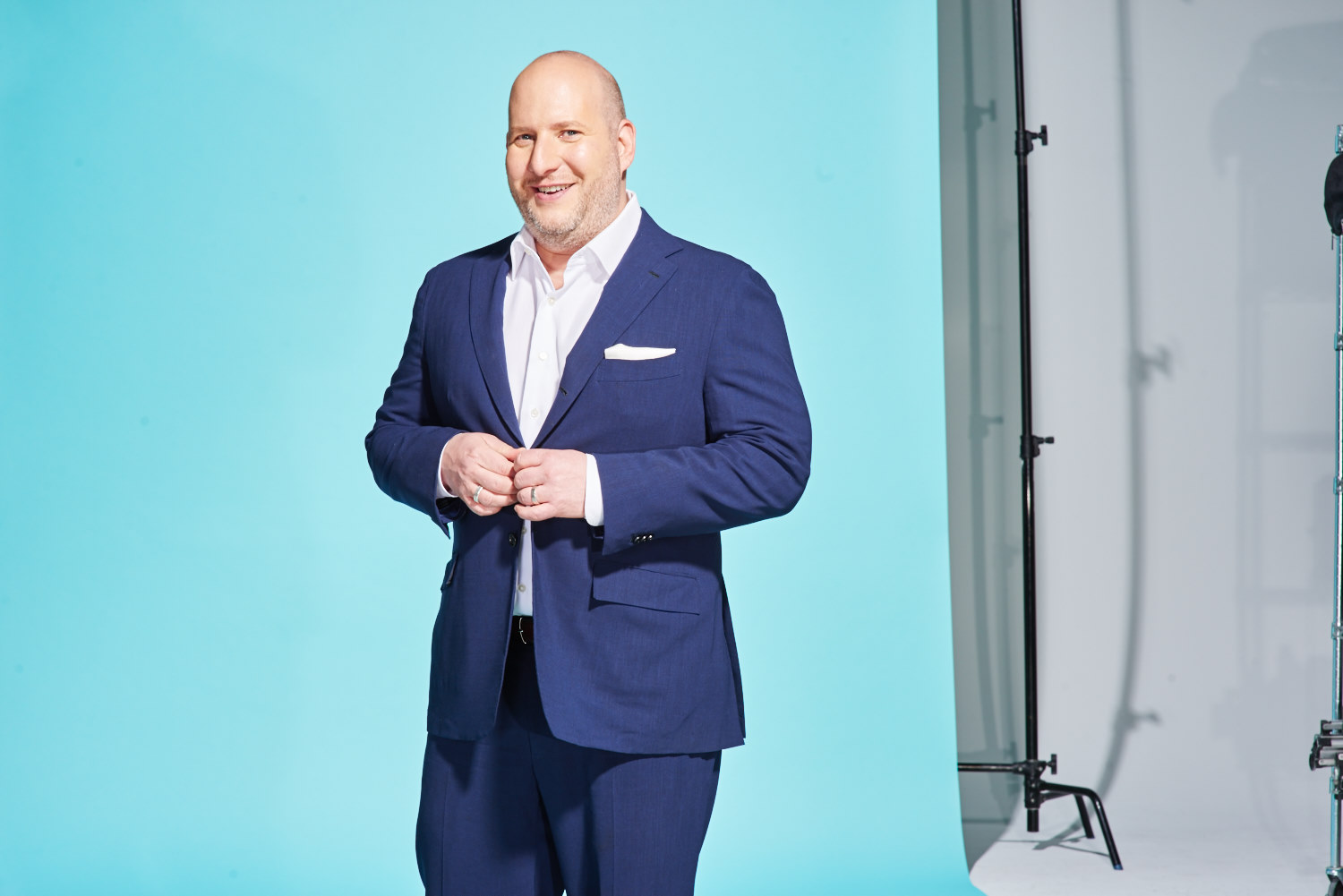

CANADA GOOSE TODAY
The business landscape is very different from what it was five, ten, fifteen years ago. How has the company embraced the digital sphere to build the brand?
I think it’s everything now. The digital world is so important. I think it was very organic for us because we are a very viral, community-based brand to begin with. When you try on one of our jackets, you have this experience. What happened in all of our markets was this amazing viral level of street people talking to each other about it. It comes back to functionality. We aren’t really a fashion brand, we sell in a fashion marketplace. But at the end of the day, we’re functional. We’re the Land Rover of clothing. Because of those things, we’re naturally a very social brand and fit with the way people communicate online.
You’ve also partnered with many prominent figures in the public space. How important is it to align yourselves with these actors, athletes, directors and more?
I think we have become a part of pop culture, and that’s important. For any brand to become relevant, they have to be a part of popular culture. I think we did that initially in the film industry because of our longstanding and authentic relationship with them, which goes back twenty or thirty years. In being involved with them, we got to be worn by a lot of prominent actors and actresses. We used to be only behind camera, and we still are, but we showed up on camera as well because people started to realize that if they shot a film that was set in Antarctica, what people would actually wear was Canada Goose. And that’s how we started to get more mainstream awareness.
What does Canada Goose represent in pop culture?
I think we’ve become a brand that Canadians are proud to call their own. We are the only brand, as far as I know, that exports the Canadian brand around the world in the way that we do. There are a lot of Canadian brands out there that don’t even want to say that they’re Canadian. I don’t know if there are any on our scale that actually have “Canada” in their name. But the world loves Canada. We’re ambassadors to the world for and on behalf of Canada. I like to think that Canadians are very proud of that.
Is there ever a point where you think the brand may be at risk of oversaturation?
People always talk about it and every brand talks about it. For me, I’m always wondering how much is too much. I think if we were to just put a logo on a shirt, that could get old fast. We stand for something and make a product that is second to none, has functionality and is made in Canada. It’s not easy and hasn’t been easy, and it has to be managed properly. But it can be done. People love their jackets not because of the logo, but because of the authenticity of the story and functionality of it.
When you took over the business, what were the biggest challenges for you?
In a lot of ways, it’s the same now as it was then, only magnified. That being said, I was learning things for the first time. When I first started, the folks that were working there figured I was going to stay the minute I stepped through the door. That’s just what people think when the owner’s kid comes in. So, I had to deal with a little bit of that attitude, in a sense. Learning how to manage older people, and manage at all, was a challenge. Some of it is skill and some of it is style. I realized a few years ago that I have a good leadership style and I’m a good leader. But I didn’t go to school for it and no one taught me how to do it. I realized over time that I had the ability to lead a company just from acting the way I act.
You received some criticism when you sold a majority stake to US firm, Bain Capital, with many suggesting that the brand would lose its Canadian edge. What was it like personally going through the sale of a family business and dealing with public pushback?
When we took them on as investors in the company, I thought that they were the right guys and right for the company. And I still think that. I knew that they were prepared to partner with us and believed in our “Made in Canada” philosophy. And that’s what happened. It makes me proud when we do something like open another factory, as we just did in Winnipeg, and employ over 1000 people in Canada. It’s really important. How did it feel? Honestly, I didn’t expect negativity to that extent. Two or three years from now, people are going to look back and see that everything we were saying was true and that’s going to be even more powerful than what we are saying today.
As a company grows, how important is it to maintain brand authenticity?
It’s very important. Authenticity is everything, that’s what a brand is. We’re 100% committed to keeping all of the manufacturing of our current product line in Canada. It’s possible that as we grow we might choose to make different things in different parts of the world if we can’t make them here. I think that we owe that to the brand. As long as we remain committed to Canada, our Canadian identity and our workforce, I think authenticity is going to be maintained.
What horizons do you still want to conquer?
We definitely want to conquer a lot of geographic opportunities. The States is still our fastest growing market, just from a distribution point of view. China is a market we’ll get to eventually. Product-wise, what’s important to us is that we’re not going to just throw logos on things. We’re going to make sure that what we make is the best of its kind in the world. Whenever the moment is right for us to make different things, we will make sure we make the best in class of these products so it won’t take away from what we’ve done. I think with a lot of companies that have had opportunities in the past and have made mistakes — and everyone makes mistakes — they just license everything out and slap a logo on it because they figure a logo will sell it. And it might do that job for five minutes, but eventually it doesn’t stand up.
